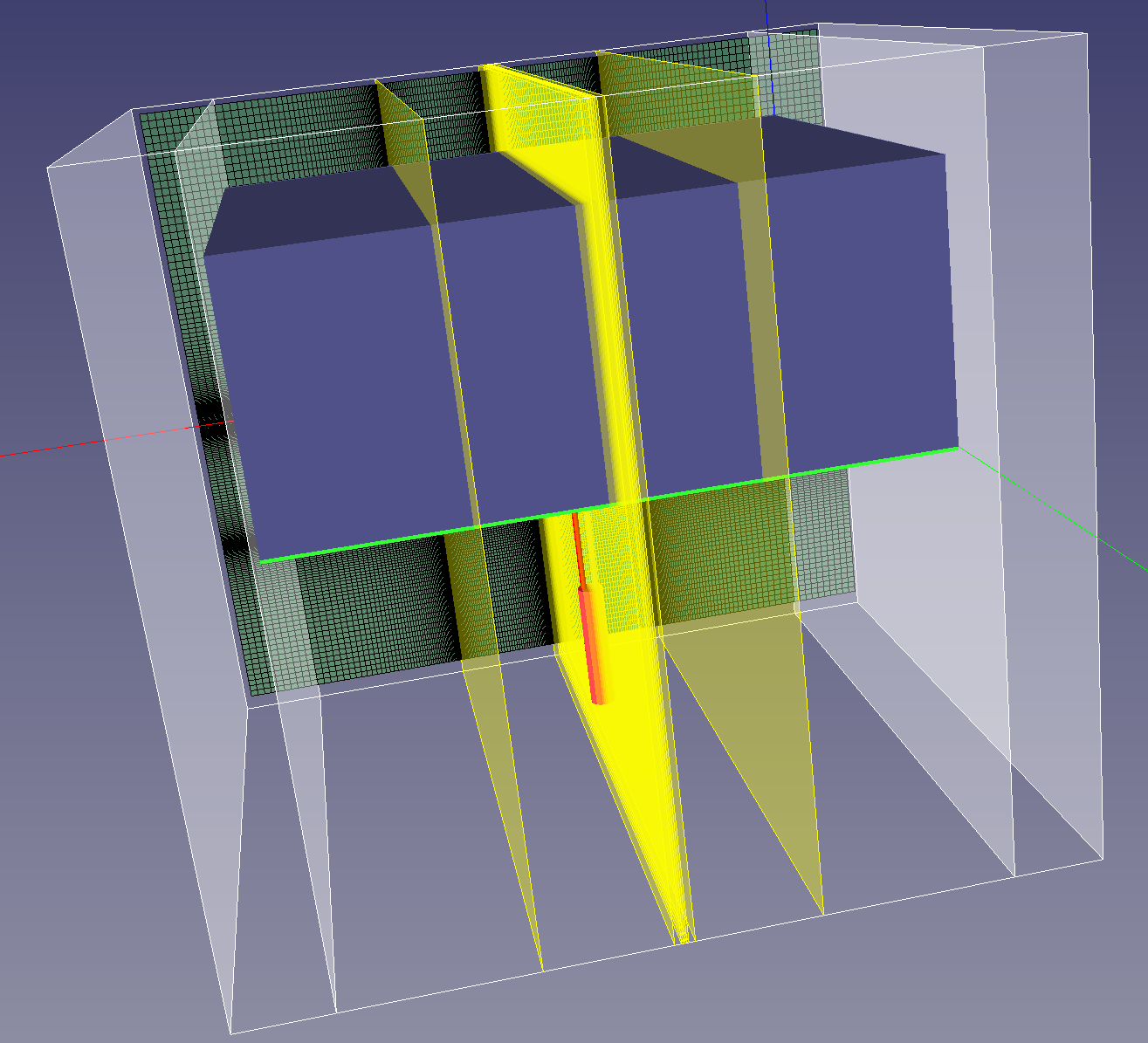AxesSim’s electromagnetic simulation solutions AXS-AP, AXS-E3, AXS-HD and AXS-SAR help engineers designing and optimizing innovative products and systems. The new release 2401 delivers our customers a set of new capabilities to improve productivity and precision of simulation results.
3D Time Domain
AxesSim’s simulation solutions provide designers with high performance tools to deal with this situation :
AXS-AP for optimizing antenna placement, AXS-E3 for better performance of equipment and systems and AXS-SAR for human quantification of these enhanced EM environments.
3D simulation capabilities are implemented in MaxSim and TEMSI-FD AxesSim’s products and the new release 2104 delivers the following set of improvements and new features.
MaxSim

-
Use of non-uniform grids: saving calculation time and memory space. It is also useful for calculating specific absorption rate.
-
Ability to preview the grid, the marks and the limits of mesh space during mesh generation. The marks (in yellow) are used to define the size of cells between two positions. Between the marks the size of the cells follows a progression according to the algorithm chosen by the user.
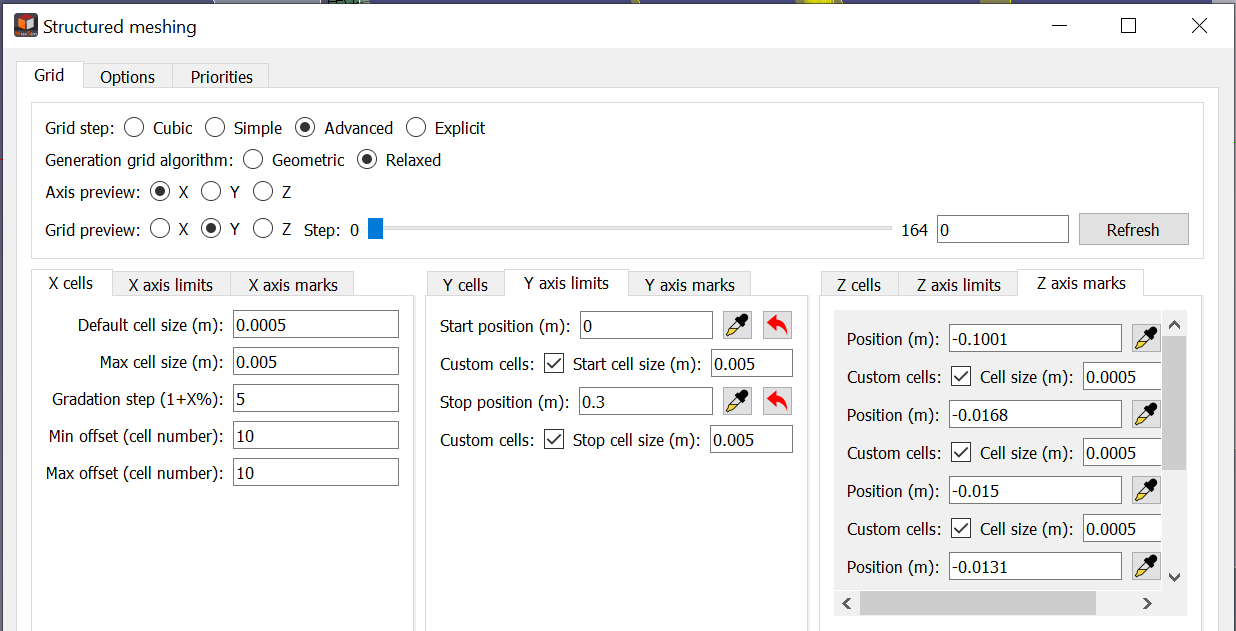
-
Possibility of positioning the marks by clicking on groups displayed in 3D, the coordinates are automatically retrieved.
TEMSI-FD
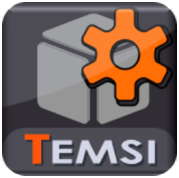
In order to face new computation challenges and use efficiently HPC resources, parallelization of Temsi-FD has been imporoved and extended: porting of MPI functions in TEMSI-FD.
-
Simulations of all features (models, sources, output requests etc.) available in MPI(Message Passing Interface). MPI are essential for high performance computing.
-
Taking into account functions in the MPI calculation such as:
-
Thin plate model of Berenger
-
Thin plate SIBC and BIBC
-
impedance on integration path
-
Calculation of local SAR
-
etc.
-
-
Launching Temsi-FD simulations through MaxSim on remote servers : allows to run simulations on remote machines and therefore do high-performance computing.
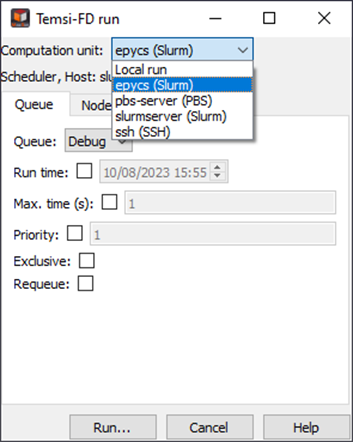
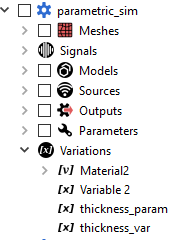
MaxSim allows to generate parametric simulations, that is to say to generate several simulations by varying one or more parameters of the original simulation. For each variation a simulation is executed
-
A parametric simulation contains either variables or variants, or both at the same time.
-
Variant : variation of a model (e.g variation of a material).
-
Variable : variation of a parameter of a model (e.g the value of the resistance of a load)
CableSim

In today’s world of high-performance electronics and the increasingly important electrification of the propulsion of transport systems, the modelling of cable harnesses and the electromagnetic fields they generate are becoming essentials.
Cablesim, CRIPTE and MILO are the software products involved in cable harness simulation. These products are part of AXS-HD and AXS-E3 solutions. The new features and improvements brought by 2401 release for cable harness electromagnetic simulation are the following:
Adding a new solver 1D MILO BLT : MILO BLT uses the Baum-Liu-Tesche(BLT) method, the same as CRIPTE(ONERA) to resolve transmission line problems. The contributions of Milo BLT are as follows :
- Taking into account an unlimited number of cable bundle
- Taking into account the plane wave in the code
- Modeling of plane wave coupling illuminating buried cables or above a real ground
The following two options have been added for Milo BLT calculation.
- «frequency» to run MILO BLT in frequency : study of the problems of buried cables or on ground with losses.
- «frequency to time» option to run Milo BLT in frquency in frequency to do Milo BLT in frequency and to calculate the fourier inverse transforms. The final results are in time.
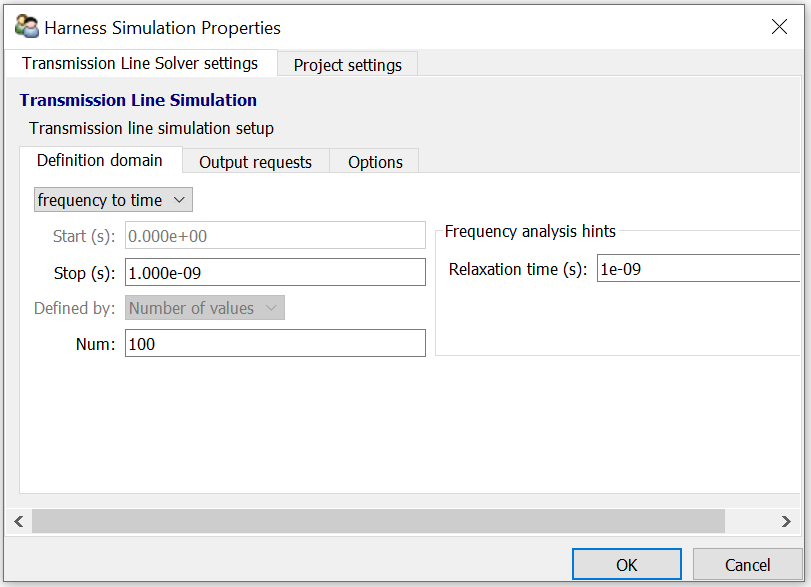
Kawa

-
Creation of a sheet which allows you to generate the lightning formulas of the ARP 5412B standard.



